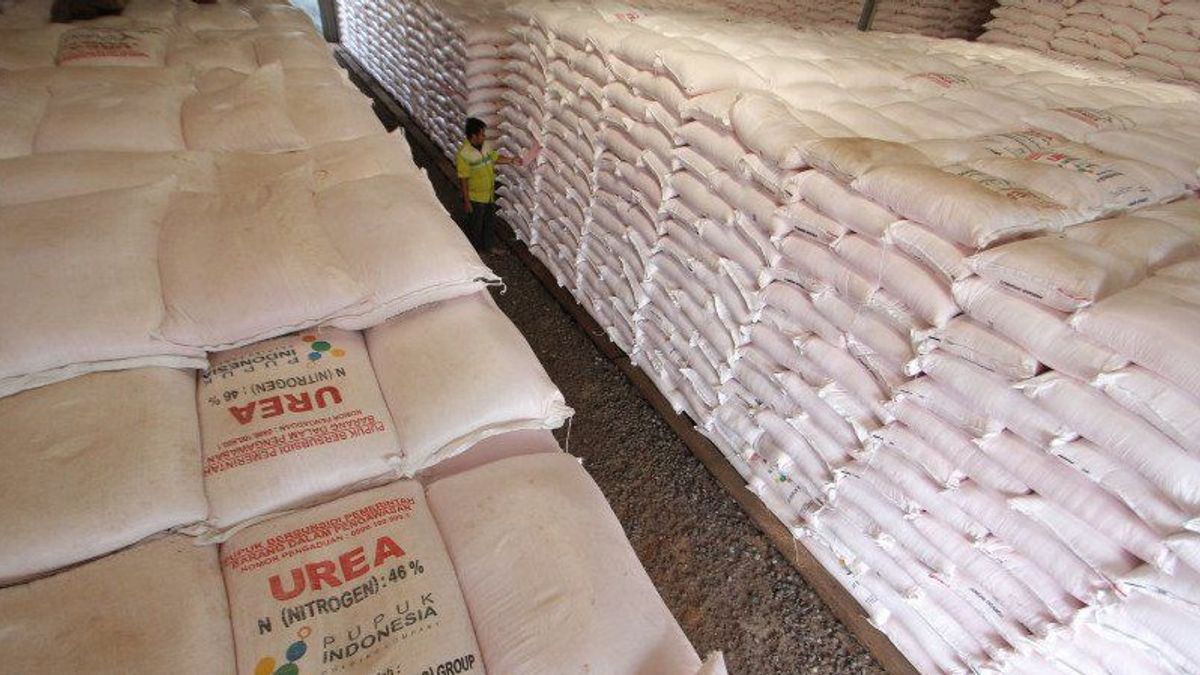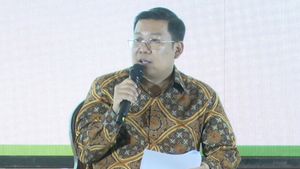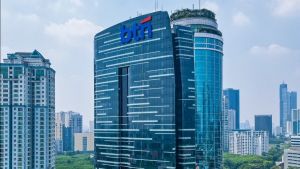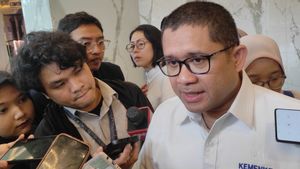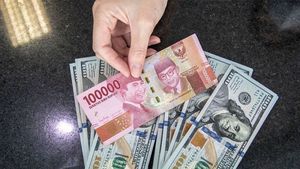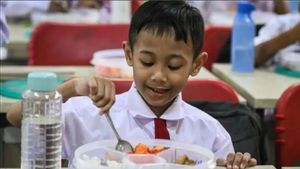JAKARTA - The government has allocated a budget of Rp. 25 trillion for the distribution of subsidized fertilizers.
The budget will target 16 million farmers and nine main agricultural commodities.
Currently, the government is regulating the distribution of fertilizer subsidies, with the aim of making it right on target and optimizing the agricultural sector.
Deputy for Food and Agribusiness Coordination, Coordinating Ministry for Economic Affairs, Musdhalifah Machmud said this decision was contained in Minister of Agriculture Regulation (Permentan) Number 10 of 2022 concerning Procedures for Determining the Highest Allocation and Retail Price of Subsidized Fertilizers in the Agricultural Sector.
"Currently, our budget for the allocation of government subsidized fertilizers provides IDR 25 trillion to reach at least 16 million farmers in our country," he said at a press conference in Jakarta, Friday, July 15.
Musdhalifah said that the subsidized fertilizers to be distributed were Urea and Nitrogen, Phosphate and Potassium (NPK) fertilizers.
The subsidized fertilizers are intended for 9 main commodities, namely rice, corn, soybeans, chili, shallots, garlic, sugar cane, coffee, and cocoa.
"These 9 commodities are expected to support the realization of better food security in the future," he said.
Furthermore, Musdhalifah said the subsidized fertilizer policy was a strategic step by the government that was agreed to optimize the distribution of subsidized fertilizers to farmers and to encourage the optimization of agricultural products. Including to maintain food security and improve the welfare of farmers.
"The government is committed to continuing to support and continue to improve the governance of the subsidized fertilizer program in economic development and in particular the agricultural sector so that it can be more innovative and adaptive to technological advances," he explained.
Meanwhile, Head of the Agricultural Human Resources Extension and Development Agency (BPPSDMP) of the Ministry of Agriculture, Dedi Nursyamsi, revealed that the cut from 70 to 9 commodities was to optimize the management of subsidized fertilizers.
"There are three food crops, namely rice, corn and soybeans. Horticulture also has three namely chili, onion and garlic. There are also three plantations, people's sugarcane, people's coffee and people's cocoa," said Dedi.
Furthermore, Dedi explained, based on the definitive plan for group needs (RDKK) the actual fertilizer needs reached 24 million tons.
"But in reality the government is only able to provide subsidies (fertilizer) of around 9 million tons. Like it or not, we have to reduce the type of fertilizer," he said.
The English, Chinese, Japanese, Arabic, and French versions are automatically generated by the AI. So there may still be inaccuracies in translating, please always see Indonesian as our main language. (system supported by DigitalSiber.id)
